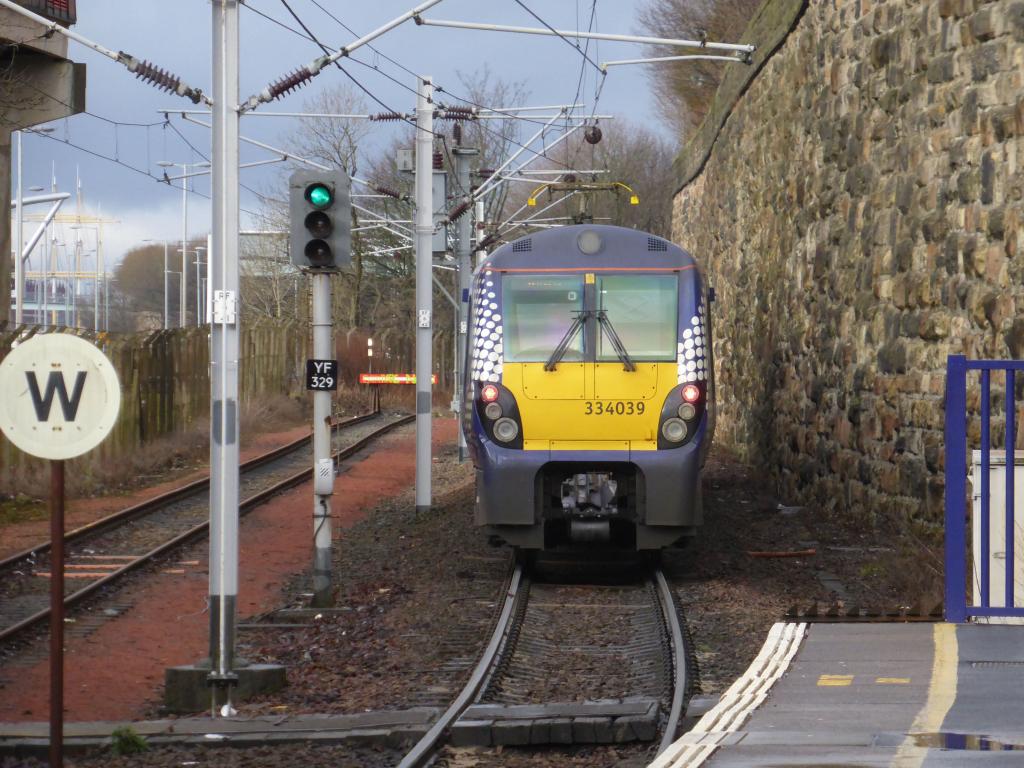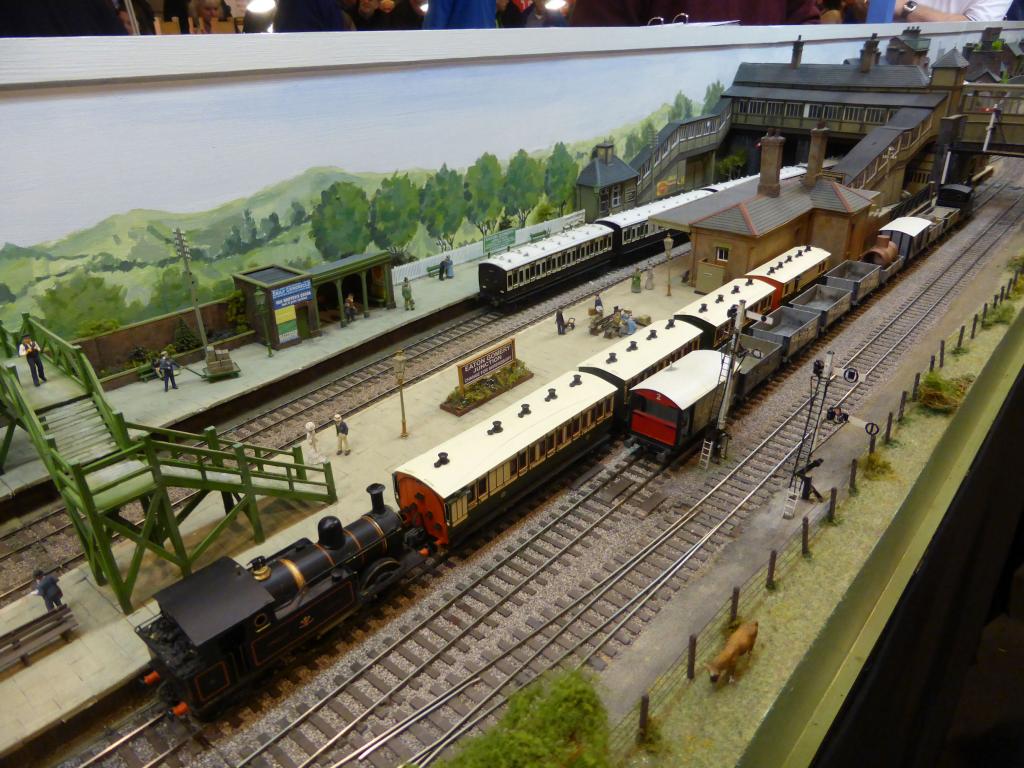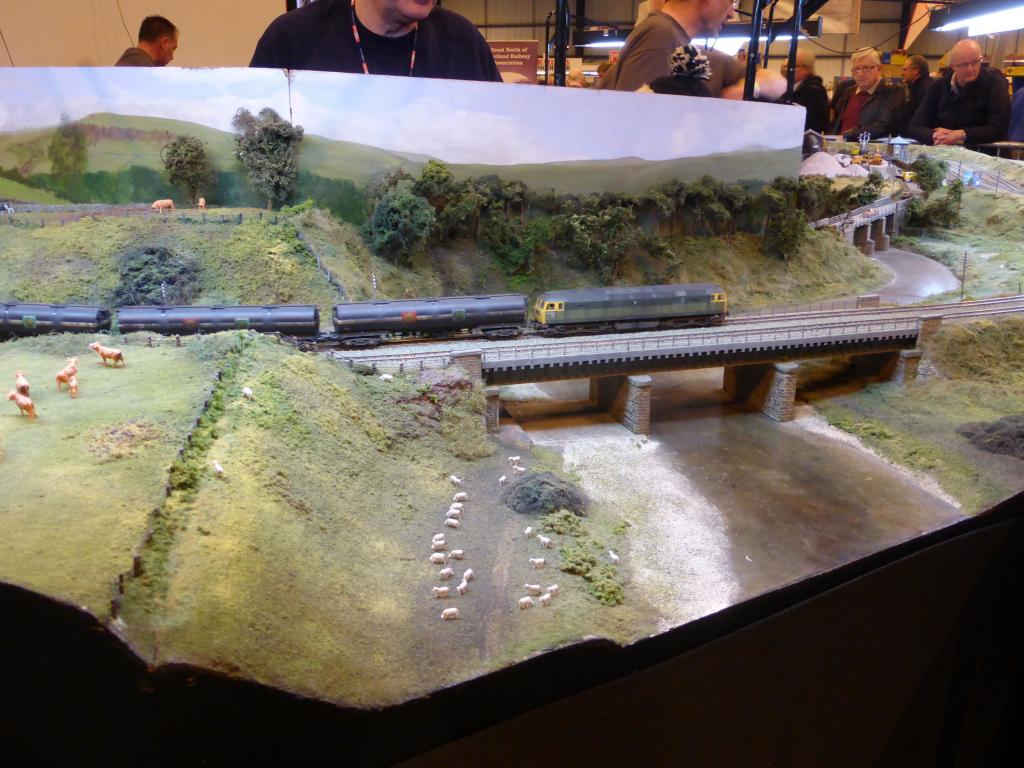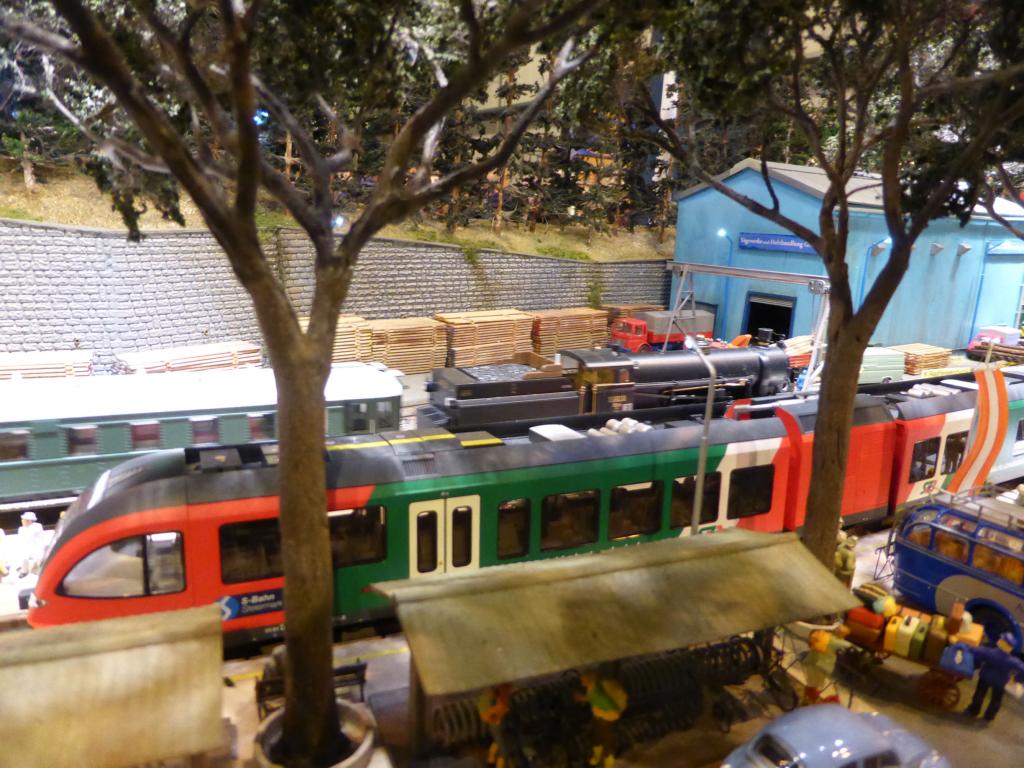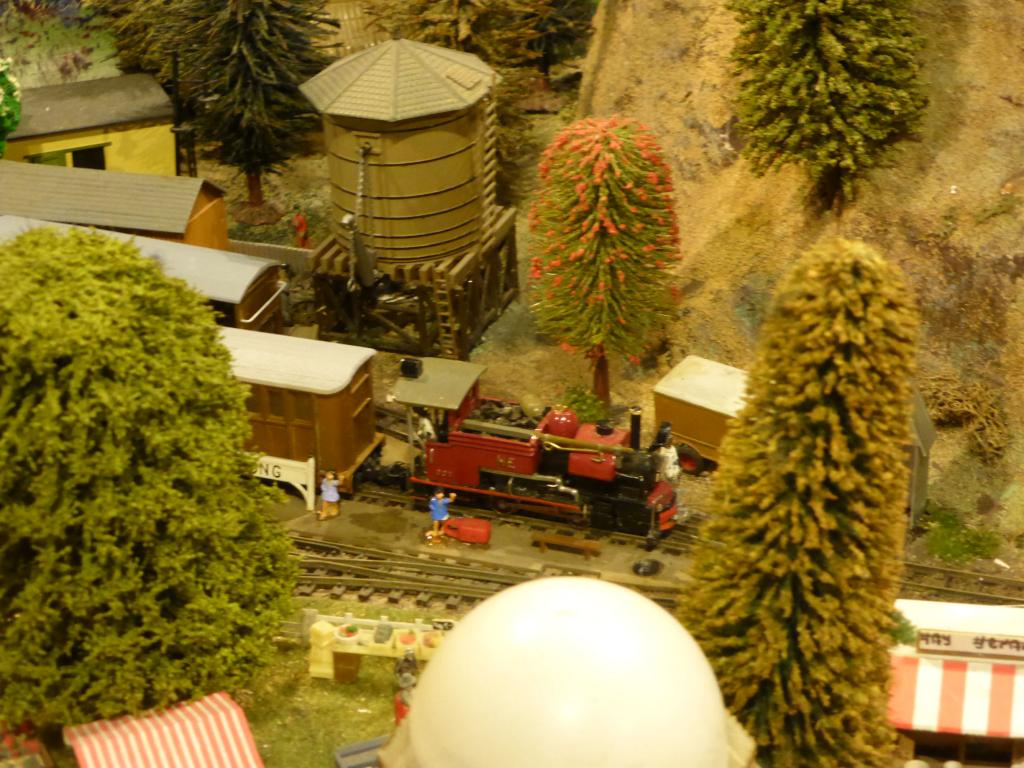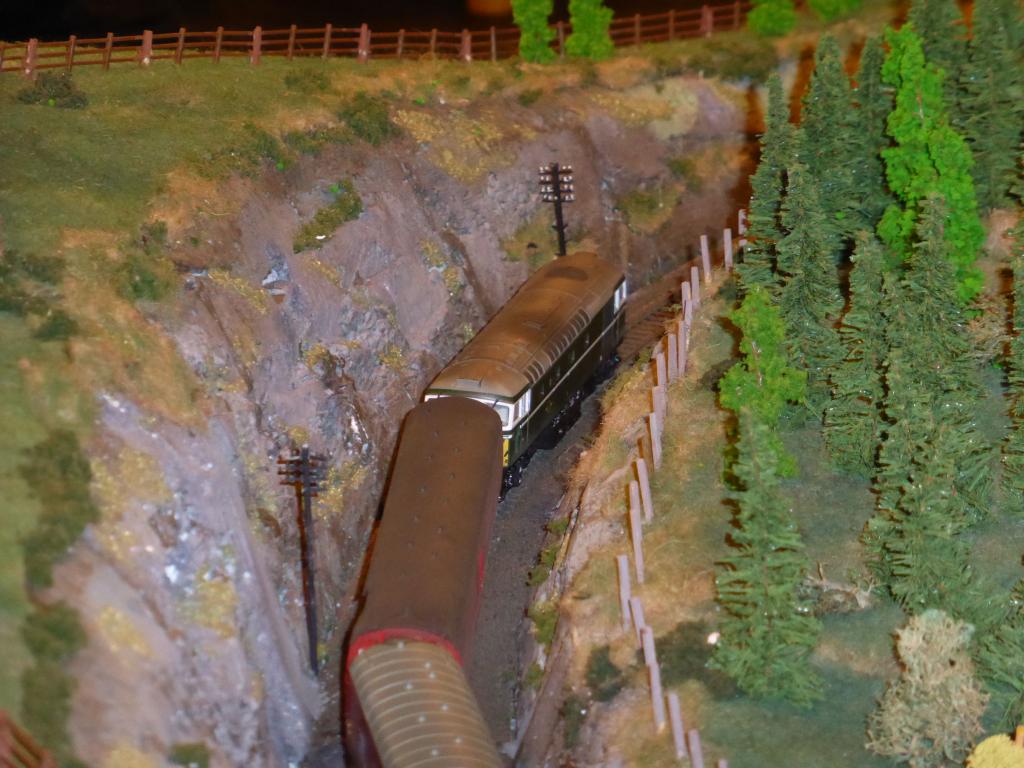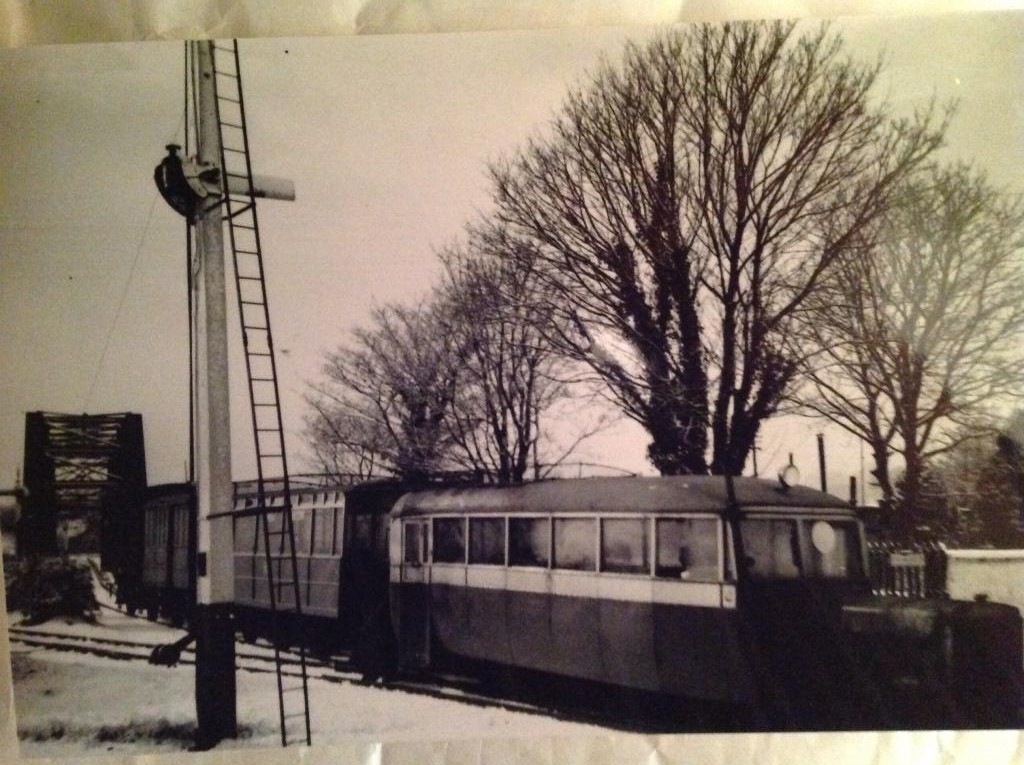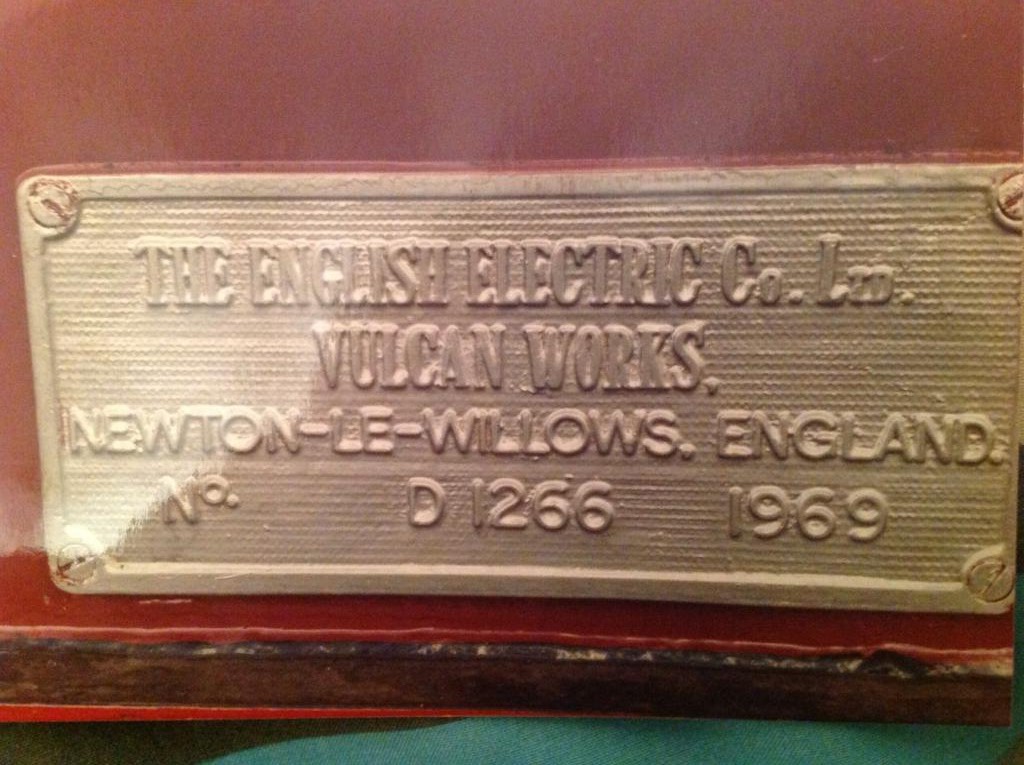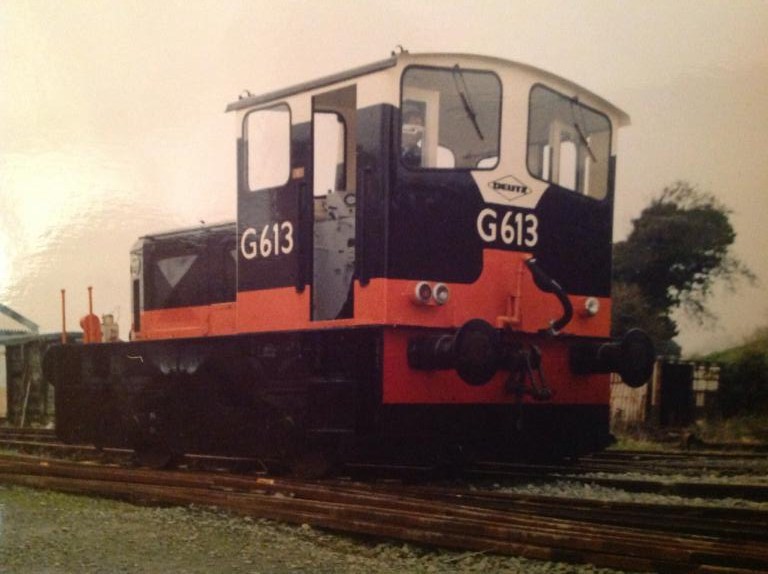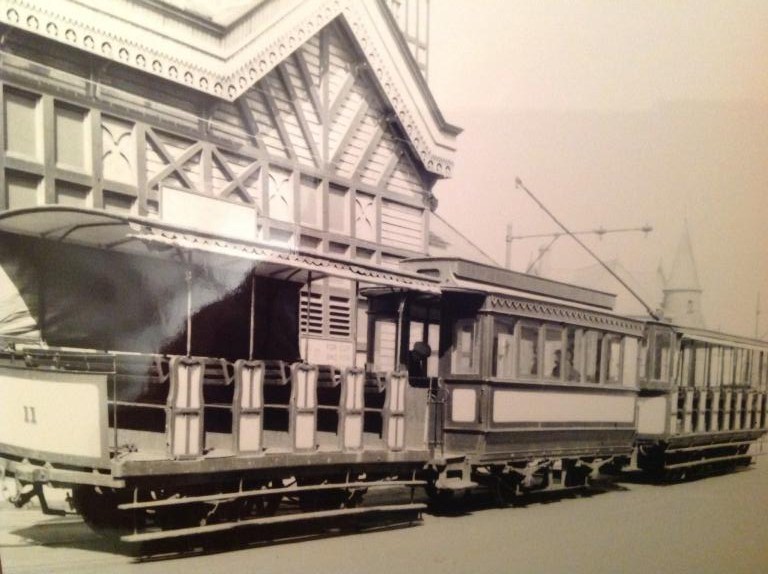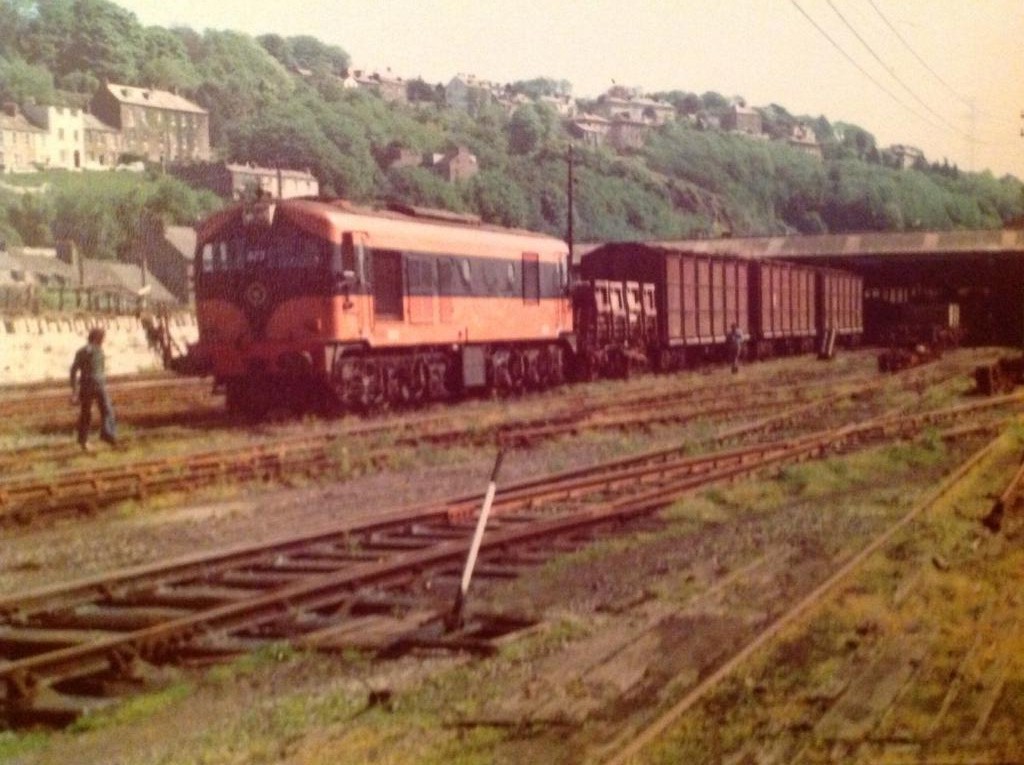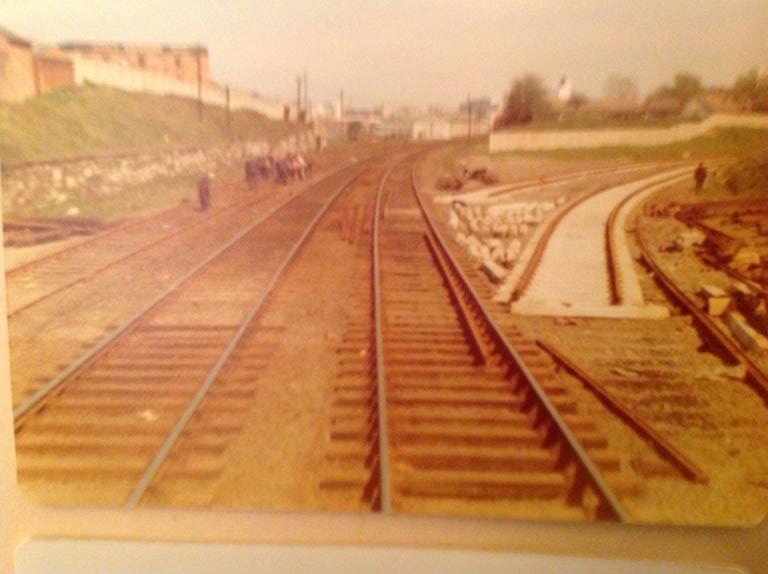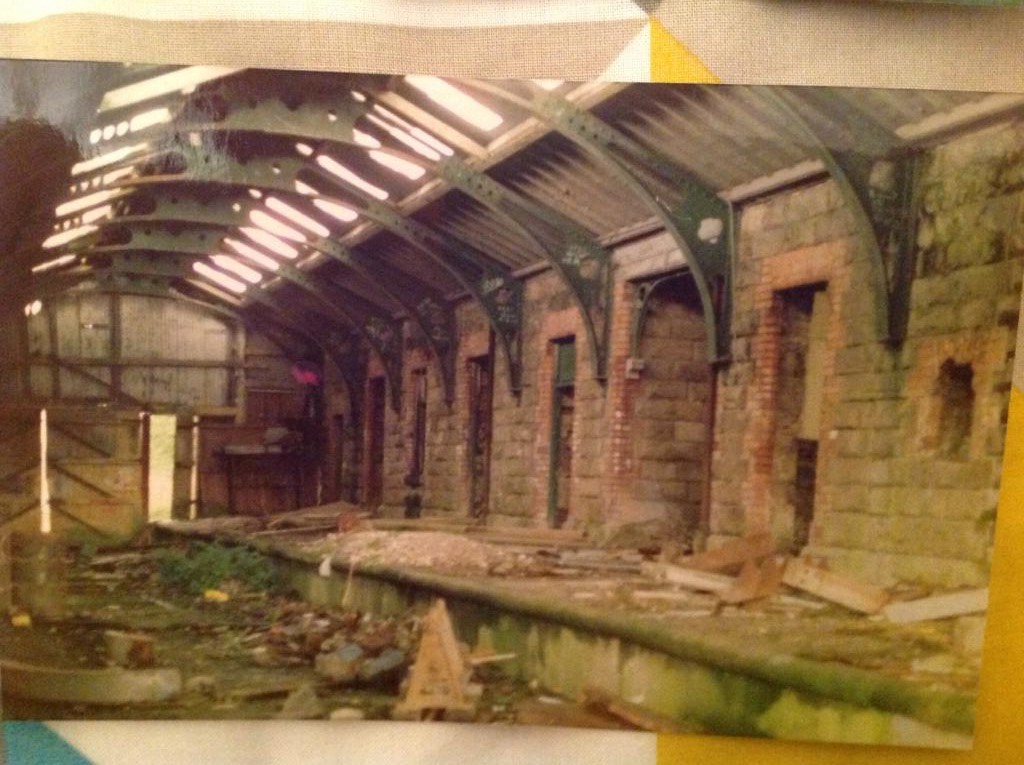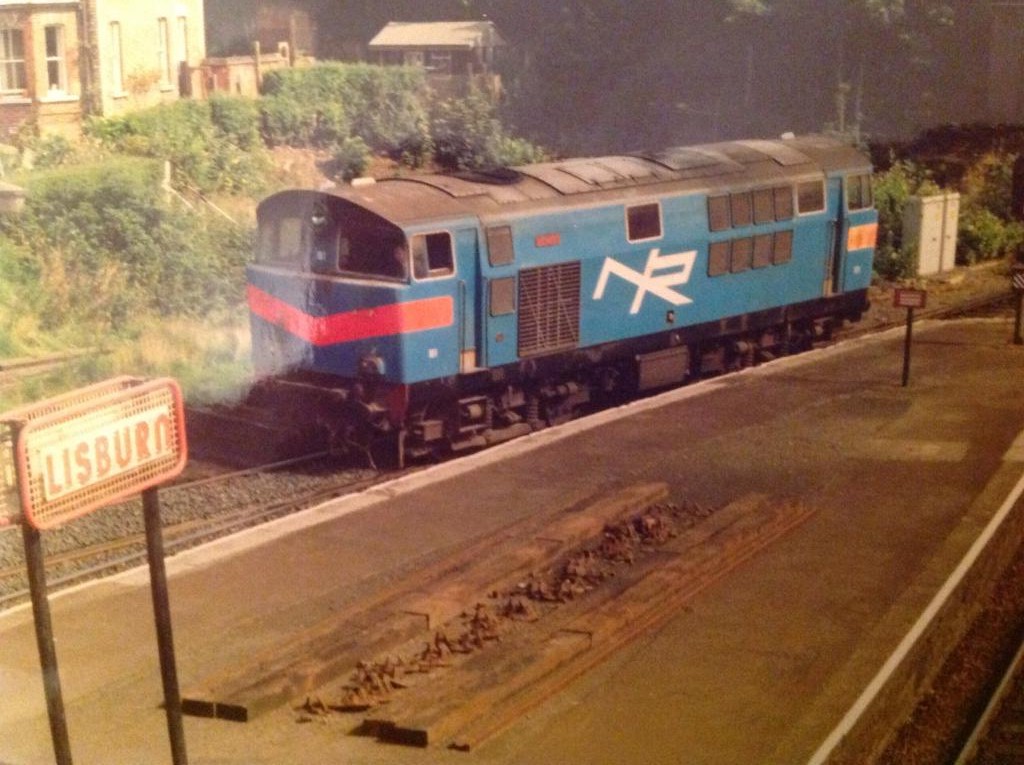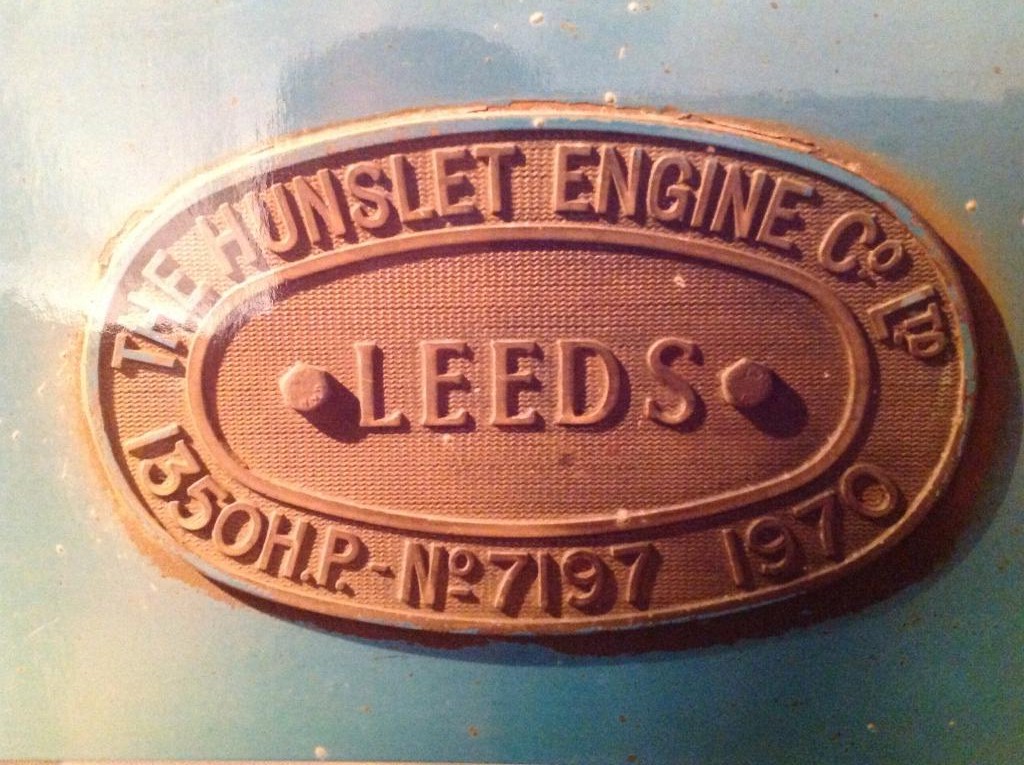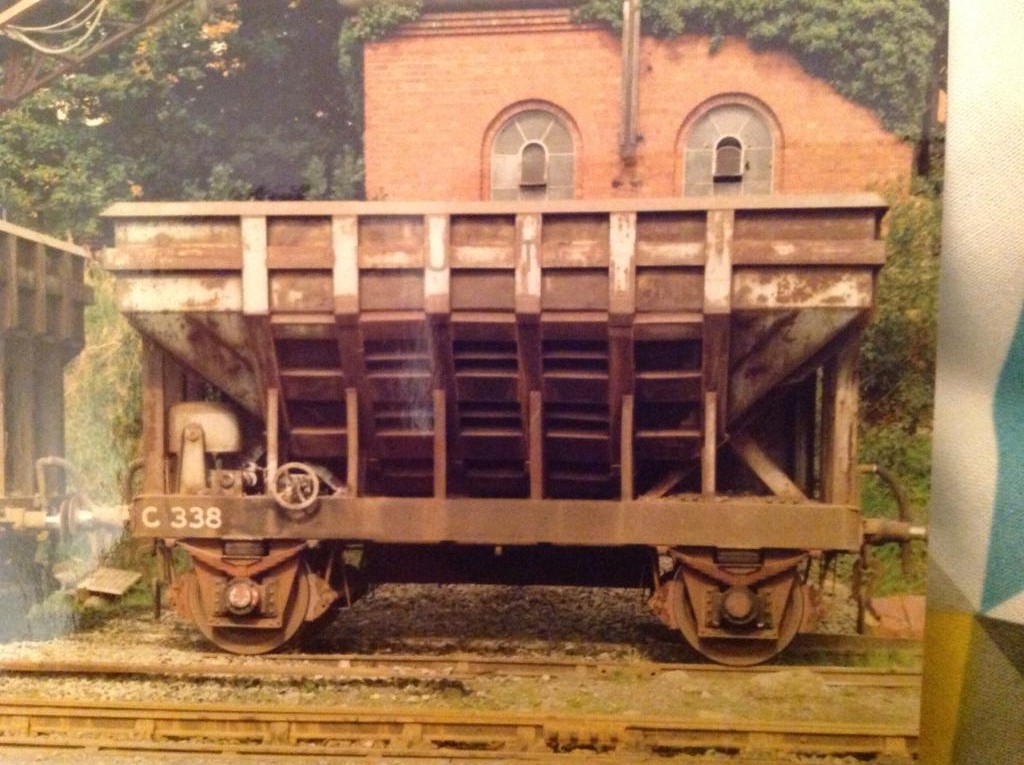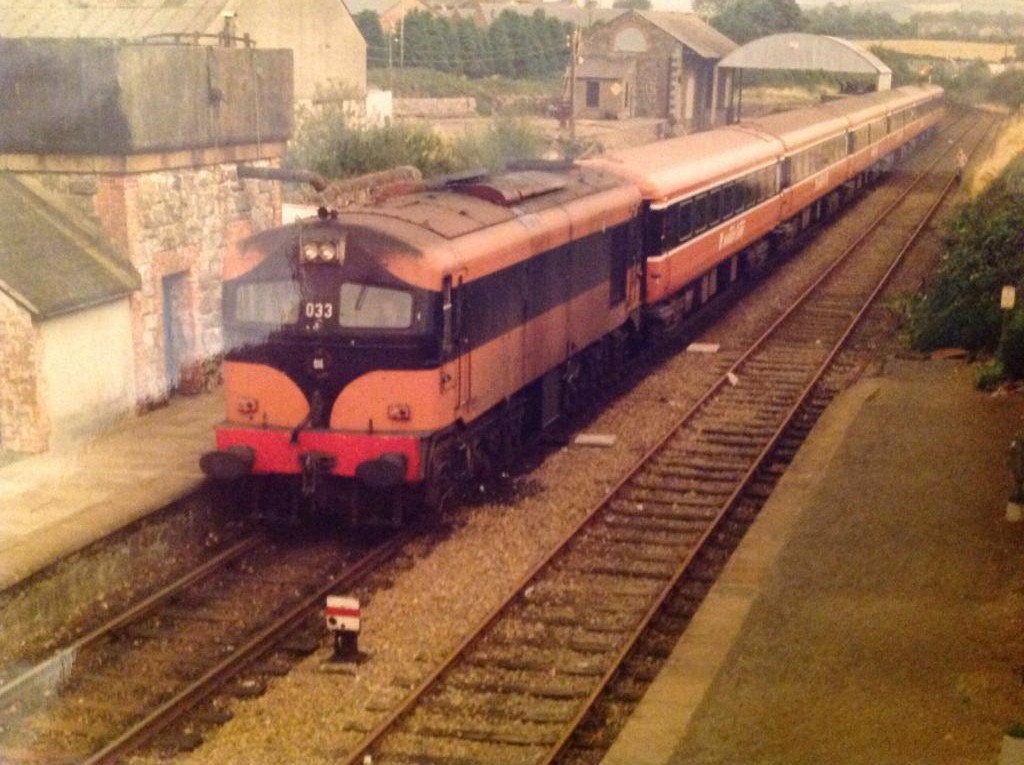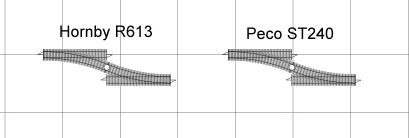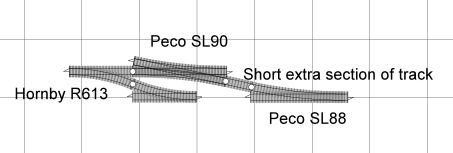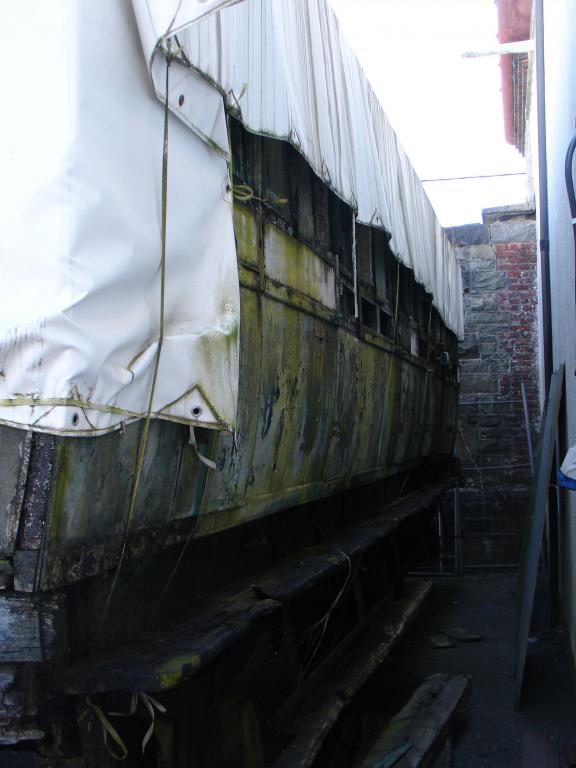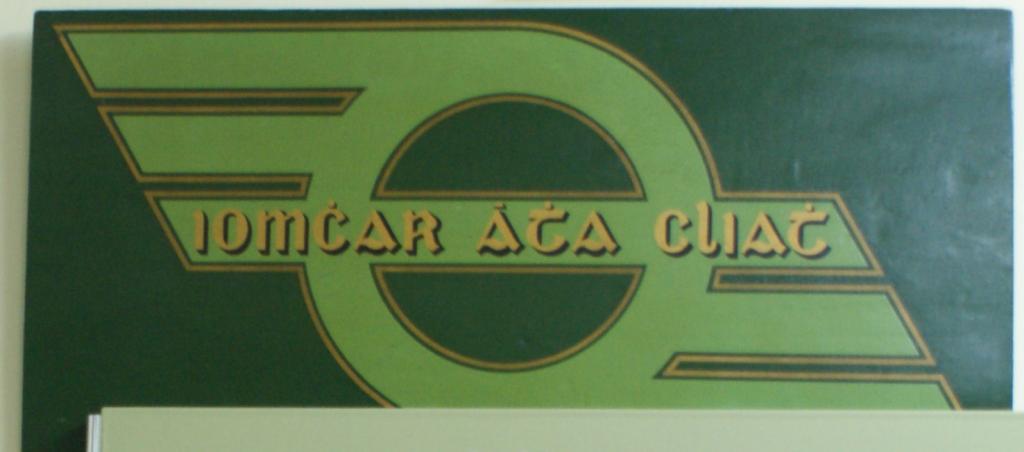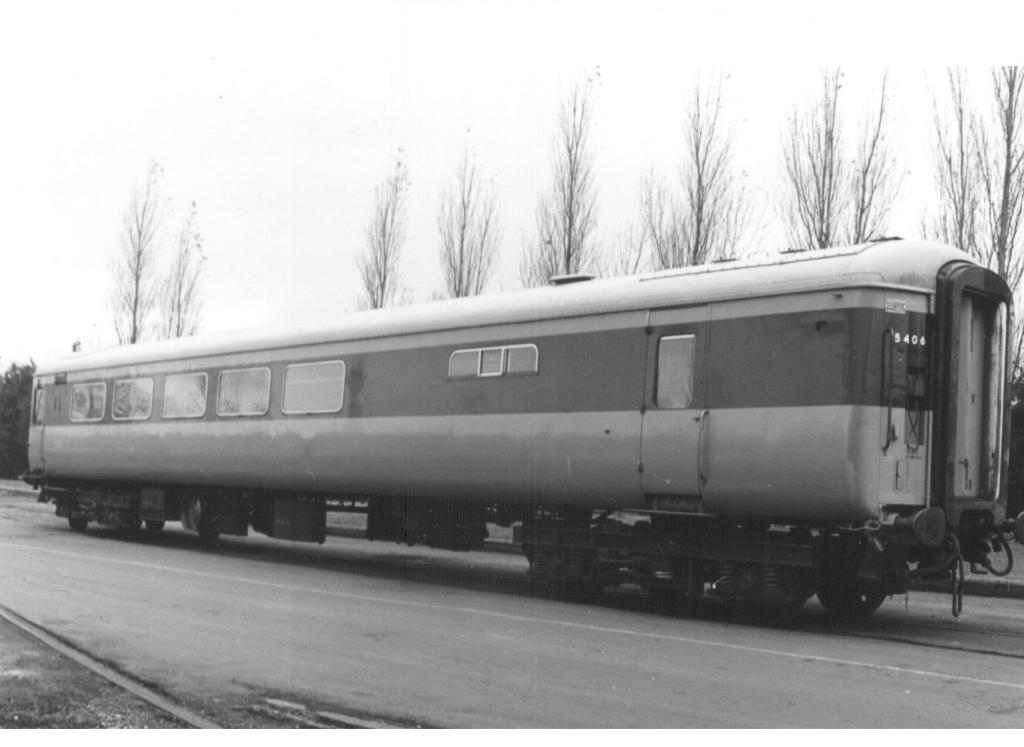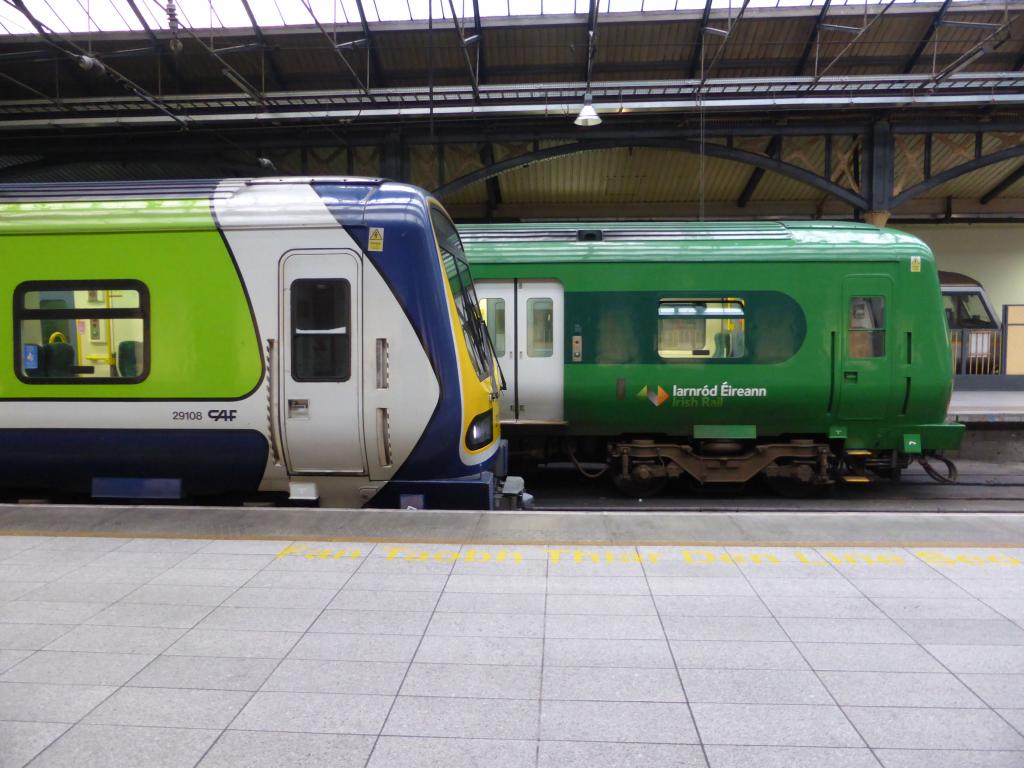-
Posts
1,037 -
Joined
-
Last visited
-
Days Won
5
Content Type
Profiles
Forums
Events
Gallery
Blogs
Store
Community Map
Everything posted by josefstadt
-
The other important point is whether the room is only for the layout or will it have other uses. Can you put up a link to the 'Anyrail' trackplan you refer to please? I can't seem to find it.
-
How big is the room in which you plan to have this layout? You will need to be able to have aisles on both long sides and at least one of the short sides.
-
Had a great time at the Model Rail Scotland show last Friday - lots of superb layouts. And it was great to meet Dhu Varren of this site and put a face to the name! Hope the remainder of the show was a great success. A few photos: Travelled from Glasgow Central (Low Level) to Exhibition Centre station on a Scotrail Class 334 e.m.u. Eaton Gomery (Wigan Finescale Railway Modellers) Hazelbank (Stirling & Clackmannan Model Railway Club) Rannoch (Bristol East Model Railway Club) Salz OBB (Michael Watts) Darjeely (Kyle Model Railway Club) And, of course, Craigellachie (Moray Model Railway Group) which is where I met Dhu Varren.
-

Photos of days gone by
josefstadt replied to jhb171achill's topic in Photos & Videos of the Prototype
-
They look more like disk wheels rather than spoked ones!!
-
Belated Happy Birthday wishes Dave!
-
-
Google Maps has the distance from the Dock Rd bridge (at the Central Station end of Yorkgate's platforms) to the roundabout end of the slip road off the motorway at Fortwilliam as 1.4 miles. In 4mm scale this would equate to a length of 29.57 metres!
-
Alan, I think that the issue isn’t the difference between Hornby and Peco but the difference between Setrack and Streamline geometry. For example, a crossover using a pair of Hornby R613 turnouts or one using a pair of Peco Setrack ST240 turnouts will be identical and will give a 67mm gap between track centres. However, a crossover using Peco Streamline, e.g. the SL88 type, turnouts will give a narrower gap, 50mm, between track centres. To achieve a 67mm gap requires the insertion of a short section of track between the two turnouts and I presume that this is what Dave has done on his layout. The SL90 Doubleslip conforms to the geometry of the SL88/SL89 turnouts, so would also require the inclusion of a short extra section of track:
-
There were three HSS craft operating out of British ports: Stena Discovery (Harwich-Hoek van Holland), Stena Voyager (Stranraer-Belfast) and Stena Explorer (Holyhead-Dún Laoghaire). The Discovery was withdrawn in 2007 and was sold to a ferry company in Venezuela (Ferrymar) during 2009, but has lain out of use since its arrival in the country. In May 2013 the Voyager was towed to Landskrona, Sweden for scrapping. It is likely that the Explorer will suffer the same fate as the Voyager as, given the crafts' appetite for fuel, it is unlikely that any other company would be willing to take over its operation. At the time of its withdrawl, a report noted that the Discovery's operation on the Harwich - Hoek van Holland route was using more fuel than Stena's seven other conventional ferries on the North Sea put together. Noel, I doubt if the service's withdrawl will have a huge impact on the traders in Dún Laoghaire. With only one return trip a day day trip traffic from Wales must have been virtually eliminated and, in any case, the bulk of day trippers took the DART into Dublin city centre. Car and lorry traffic would have driven directly to / from the ferry terminal and would not have been a significant player in the economy of the town.
-
And he even had to buy a ticket on one occasion (Belfast-Finaghy above)! Why were the corners cut off a couple of the tickets in the third photo?
-
It does appear on Google maps and Street View, but the image dates from May 2009. Zoom in on the Station House Hotel and you will see a white rectangle near the entrance off 'The Low Road'. This is the coach. Put the street view figure into the car park and you will see the coach in its protective cover. Sorry but I couldn't figure out how to capture the image and post it here*. The coach was still in situ in June 2012, but was obstructed by parked vehicles so the attached is the best photo that I could get. * It seems that the street view image did got into the post - see below 84m at Clifden.pdf
-

New Enterprise Livery
josefstadt replied to Dunluce Castle's topic in What's happening on the network?
See thread started by Dunluce Castle on 22 October last. Sreventrain posted these pics on 25 December. -
Fantastic news, congratulations to all involved.
-
Fantastic video Kieran!
-
Thanks JHB for reminding me where I'd seen the DUTC logo with the name 'Iomchar Átha Cliath' on the centre bar. Noel this is the 'snail' as used between 1941 and the end of the DUTC on 31 December 1944 (the bottom of the logo is slightly obscured by an item in front of it). Note the use of the buailte (dot) over some of the letters. In modern usage the buailte has been replaced by a 'h'.
-
Noel, the official name for the symbol was the 'winged wheel', symbolising speed. It dates from 1941 when the Dublin United Tramway Company, recognising the diminishing importance of trams in its operation, changed its name to the Dublin United Transport Company. The centre bar of the symbol carried the name 'Iomchar Atha Cliath' written in Irish script. Following the formation of CIÉ in 1945, the new company opted to retain the logo, but without the name, as it was no longer to be used solely within the Dublin area.
-

Nice clip of the railway in the guinness brewery
josefstadt replied to heirflick's topic in Letting off Steam
Great info there Minister! Thanks for posting. -
Without wishing to get drawn into the various shades of orange debate, on which I would defer to the superior knowledge of others, I would like to raise a few of questions regarding the model of the catering car depicted on the MM website. MM Catering Car Model Firstly, in the model the small window in the kitchen area (A) has a vent in the centre and what appear to be filled in windows on either side. Were these vehicles not delivered with all three sections glazed, the centre section being a sliding window for ventilation? Is the appearance of the ‘filled in’ windows on the model just because of a poor photo? Perhaps someone who has one of these models, or who has seen one, can confirm whether or not this is the case. Secondly, the door leading into the kitchen area (B) has no drop light, which the prototype clearly did. I presume that this is because the same bodyshell tooling from the IR / IÉ models was used and that the door window had been removed in the prototypes in later years. This would seem to be quite a serious fault in the model. Prototype Catering Car
-
Amazing
-
A comparison between the old and new liveries around the cab ends as carried by 29108 and 29117 respectively. I do agree with Noel’s comment ‘the most boring looking railway since Black and Tan days’. If there are going to be these types of trains then they should at least have a livery that has a bit of pizzazz. The new livery does not have that and, in my mind, the old livery was better.
-
While €56 might seem expensive compared to some British models, which would no doubt have huge demand, it is not out of line with some of the current European offerings on sale Britain (Roco OBB "City Shuttle" Driving Coach - €77.28, Railtop ÖBB Luggage Van - €71.60; Railtop DB Sleeping Car - €70.63; ACME FS 'Gran Conforto' 1st Class Coach - €58.16) (prices from the in C&M Models of Carlisle website). The relatively small runs of Irish stock will inevitably push up prices somewhat and, IMHO, the quoted price isn't excessive.
-
Great addition to the loco roster Noel.
-
Robert Alexander Baron Schutzmann von Schutzmansdorff. Indeed he was a great ambassador for all thins to do with modelling. Equally at home presenting programmes in English or German. RIP.
.png.c363cdf5c3fb7955cd92a55eb6dbbae0.png)

